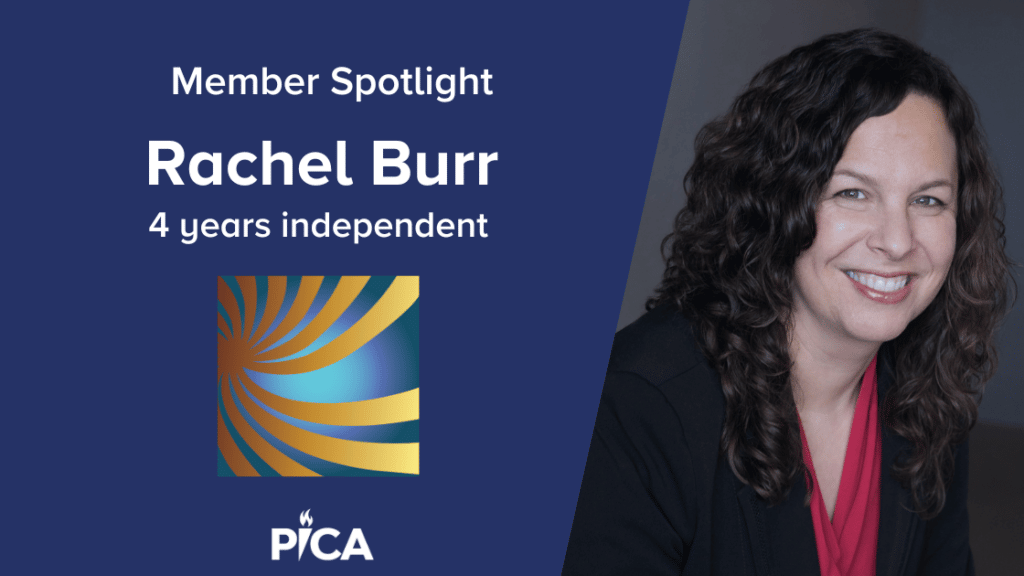Reskilling is the process of preparing an existing workforce for new and different roles as the result of market changes and technology. Profound changes in the future of work, combined with a labor shortage, make reskilling a strategic imperative for large and small organizations alike.
Reskilling and upskilling are critical in a changing world
Upskilling and reskilling are more than trendy buzzwords. They describe efforts to develop workforce skills in an era of technological transformation and demographic change.
In the previous blog, we looked at “upskilling,” the process of continuously upgrading employee skills in existing positions. In this blog, we’ll consider “reskilling,” the process of preparing employees for different roles within an organization.
The world of work is changing
The World Economic Forum and the Organisation for Economic Co-operation predict that 1.1 billion jobs will be “radically transformed by technology” by the year 2030. The change will require intensive upskilling and reskilling to keep pace. Despite the challenge, the WEF predicts that the combined effects of upskilling, reskilling, and improvements in early education could add $9 trillion to global GDP in this decade.
The labor market is changing
The labor market is also forcing organizations to take reskilling and upskilling seriously.
The U.S. unemployment rate was just 3.7% in November 2023, near historic lows. According to the U.S. Chamber of Commerce, even if every unemployed person in the U.S. found work, the economy would still face a shortfall of 3 million workers.
Long term demographic trends reveal an aging U.S. workforce whose growth has been slowing for decades. In parts of Europe and East Asia, population decline has already begun. The workforce of the future is likely to be smaller, in other words.
Organizations can no longer expect to “hire” their way to success. Instead, they must take steps to retain, upskill, and reskill the existing workforce.
Let’s next consider some of the steps to be taken in any successful reskilling effort.
Identify Outmoded Positions and Skills Gaps to be Addressed
As was true of upskilling, the first step to a successful reskilling effort is to survey the organization’s needs.
Identify the positions. As a first step, the organization must look for positions becoming obsolete due to marketplace changes or advances in technology. The organization should then look for areas where it wants to grow or where it has identified skills gaps.
Identify the skills. The next step is to identify the skills needed for success in the new positions. The World Economic Forum and others have developed skills taxonomies to make the process more systematic. Using such systems can help identify employees with related skills who may be a good fit for new positions.
Identify the employees. One under-appreciated challenge is to convince employees to undertake reskilling at all. Organizations should recognize that reskilling can disrupt the lives of employees. Resistance to change should be expected.
Organizations can manage that resistance by being open and transparent. Presenting clear career paths and training goals is key to improving results.
Design the reskilling effort to maximize success
Another key to success is giving proper attention to the process of reskilling.
Choose appropriate reskilling methods. For example, many adult learners prefer a “hands-on,” experiential approach to learning. Practical training in the form of mentoring, internal apprenticeships, and “job shadowing” is often the most effective.
In other cases, online courses or webinars may be appropriate. These should be easily digestible in short segments, typically an hour or less. Lunchtime seminars are another way to fit learning into the workday.
Finally, some technical specialties may require certifications or the completion of degrees. Some organizations, including Amazon, have programs to pre-pay or reimburse tuition and other educational expenses. They also provide time off for study and exam periods.
Involve all levels of management in the reskilling effort. Having the support of C-suite leaders and upper level management is critical to success. But still more is needed.
The benefits of reskilling should be made clear to the middle managers and first line supervisors who implement it. Too often these individuals bear the burdens of reskilling without reaping the benefits.
One solution is to make employee development a part of the performance goals of all managers and supervisors. Done properly, such goals can help instill a culture of development and provide incentives for participation.
Meeting the future
The future of work is changing and so is the workforce. Organizations need to adapt to the transformational changes already underway if they are to survive and thrive. That means making the most of the existing workforce through upskilling and reskilling, to ensure that people have the tools they need to meet the challenges of tomorrow.
Please contact us if you would like more information about reskilling, upskilling, and employee development.
===================================
Rachel Burr is an executive and leadership coach with over 20 years of experience working with CEOs and the C-suite across all industries, in organizations of from 20 to 10,000 employees. Rachel holds dual master’s degrees in Organization Development and Clinical Psychology, and numerous certifications in the field of executive coaching. Rachel is a “people expert” who works with clients to unleash their leadership potential.

